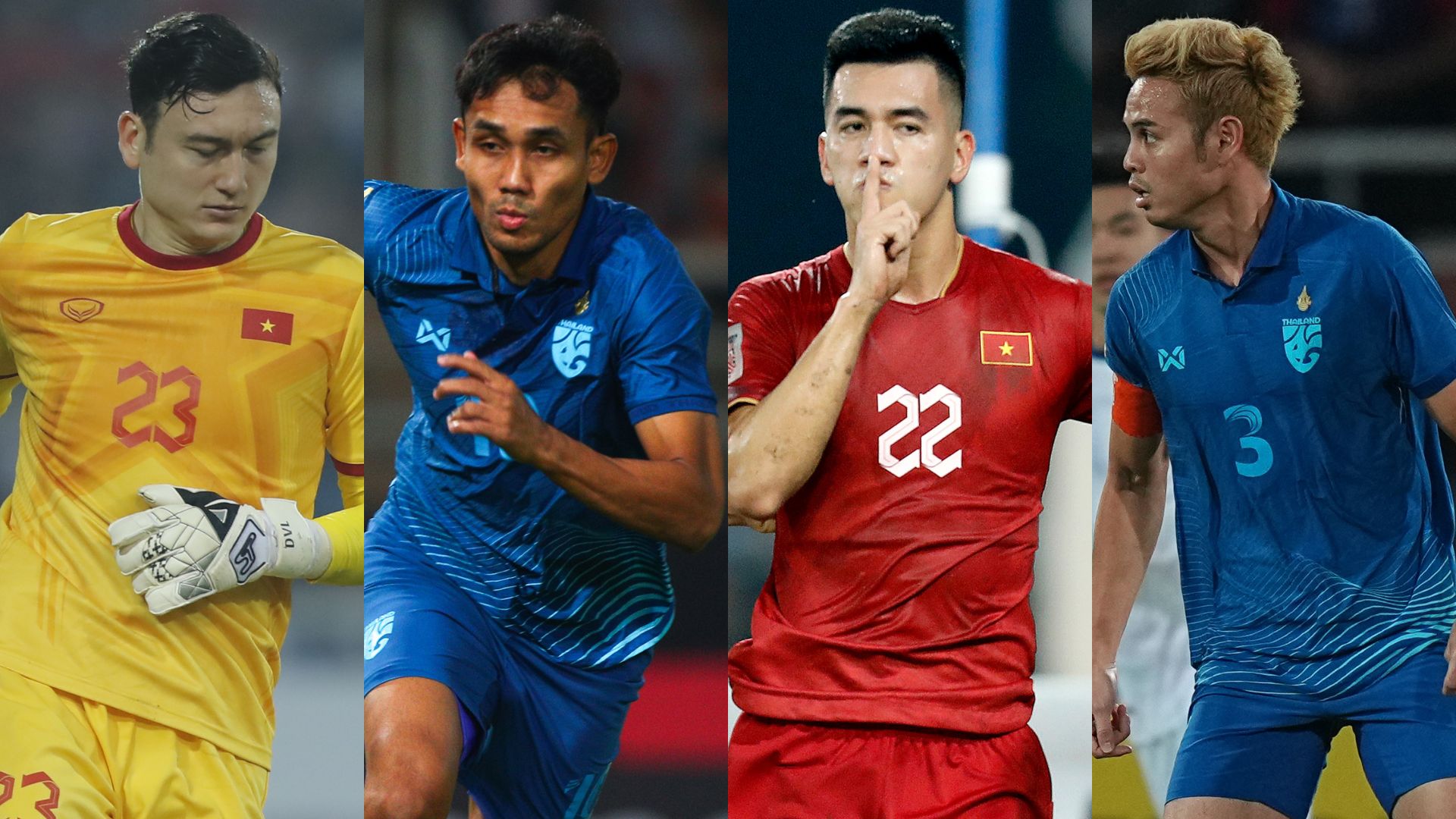Elephants, Lions, Tigers, Sun & Stars: AFF Suzuki Cup nicknames explained

Some have used ideas and imagery from their nation’s rich cultural tapestry, some are almost self deprecating and plenty are based on animals – welcome to the wonderful world of the nicknames of the ten countries that will compete at the 2018 AFF Suzuki Cup.
From the Angkor Warriors, to the Lions, the War Elephants and the Golden Stars we explain the meaning and the origin of the vast array of nicknames for the title contenders.
Cambodia – Angkor Warriors
The elaborate Cambodian logo is one of the more eye-catching in global football and features an intricate reproduction of some of the famed structures from the UNESCO-listed Angkor Wat temple complex in the north of the country rising above a football.
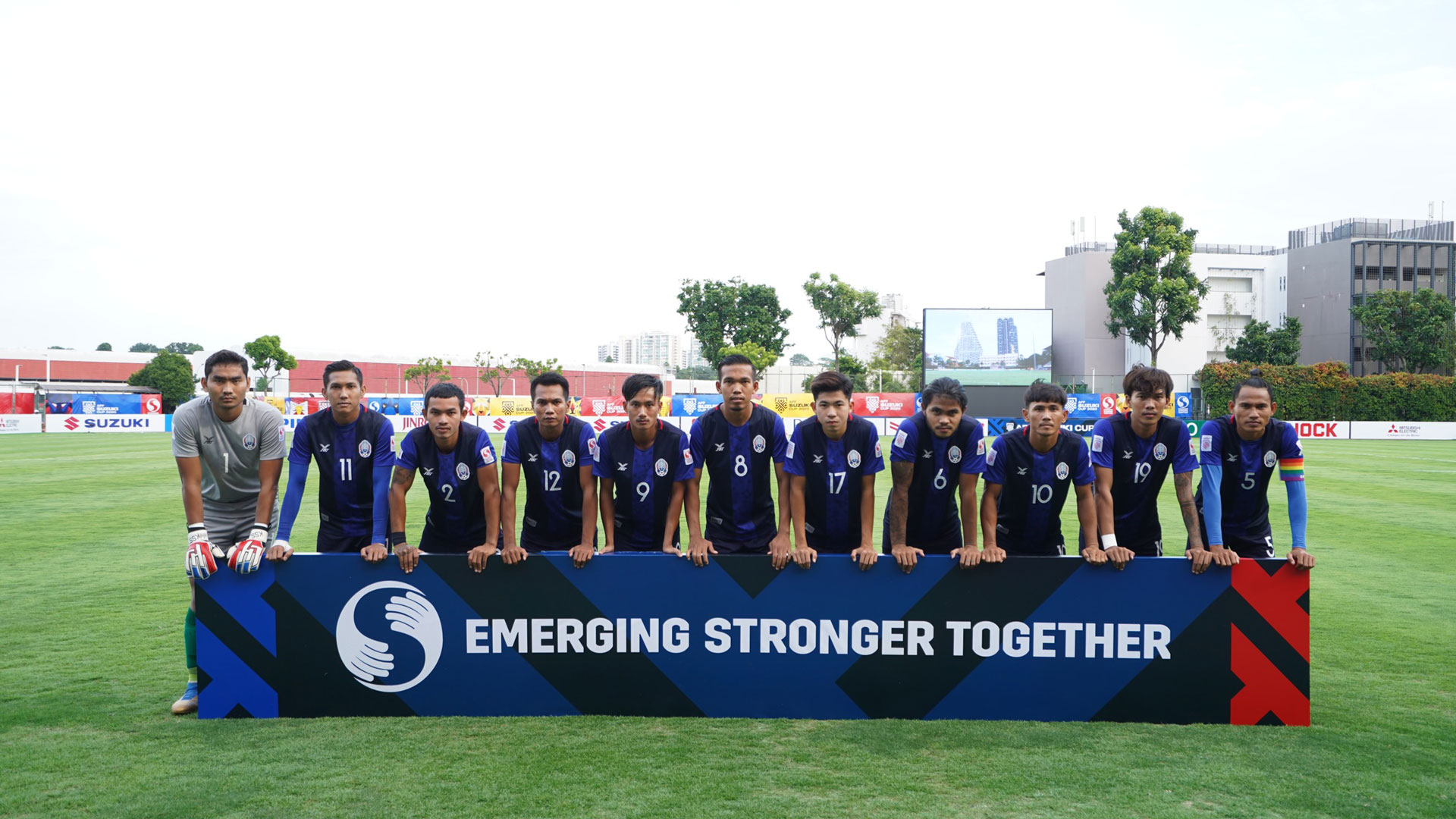
It’s no surprise then that the team’s nickname is derived from the iconic location, with the addition of the Warriors giving a fierce edge to one of Southeast Asian football’s rising national teams.
Indonesia – Garuda/Merah Putih
One of the few national teams to be referred to by a couple of different nicknames. The first – Merah Putih – is self explanatory as it simply means the ‘red & white’, which are the classic colours that the team plays in.
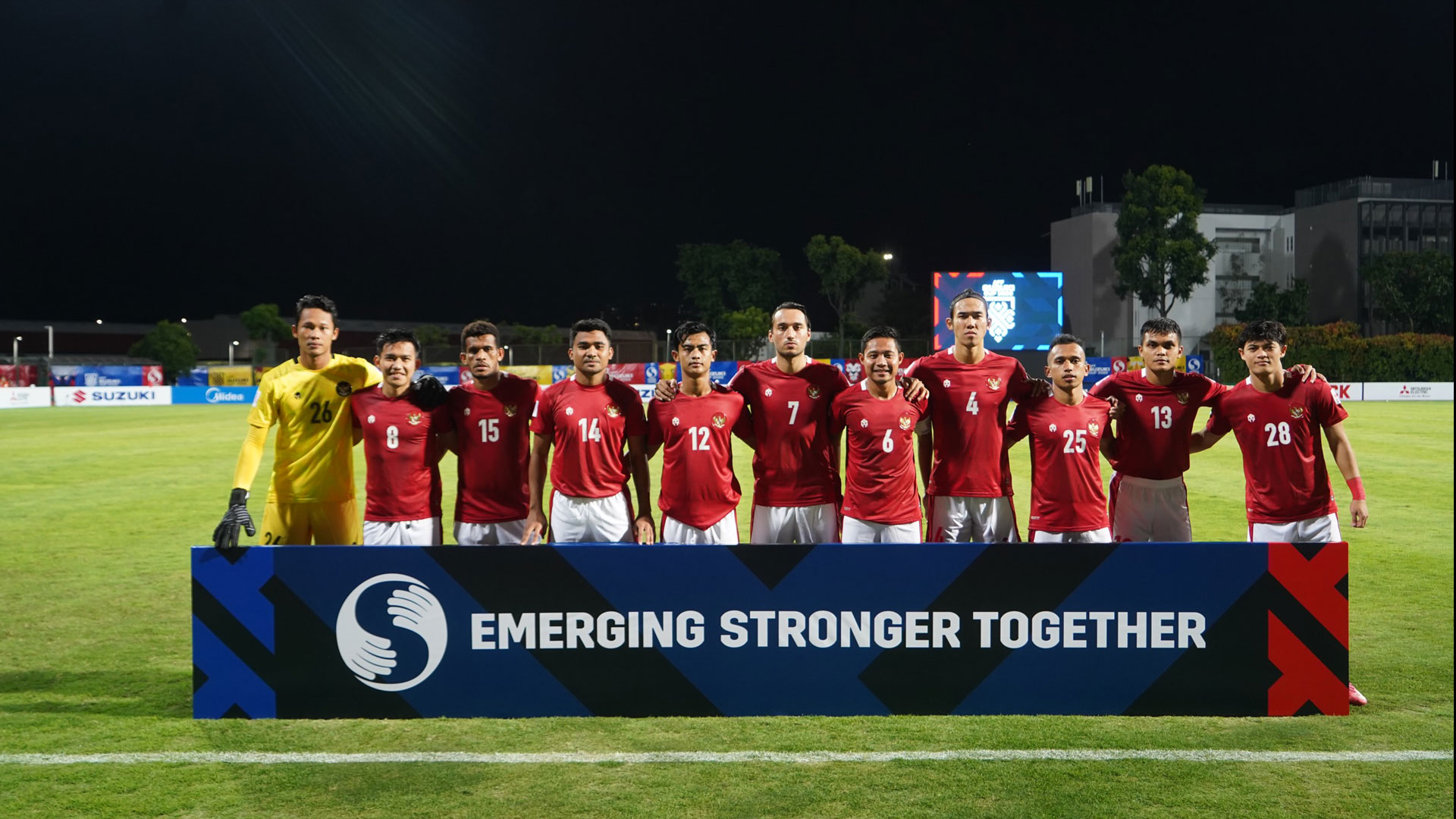
The other common nickname, Garuda, is far more poetic with the mythical, bird-like, creature being a revered symbol in both Hindu and Buddhist mythology and featured prominently in both the national coat and of arms and emblem of Indonesia.
Laos –Thimsad
Many of the more iconic nicknames in world football are the most simple (think the Mannschaft of Germany), and Laos, too, have gone with the classic Thimsad, which simply means the national team.
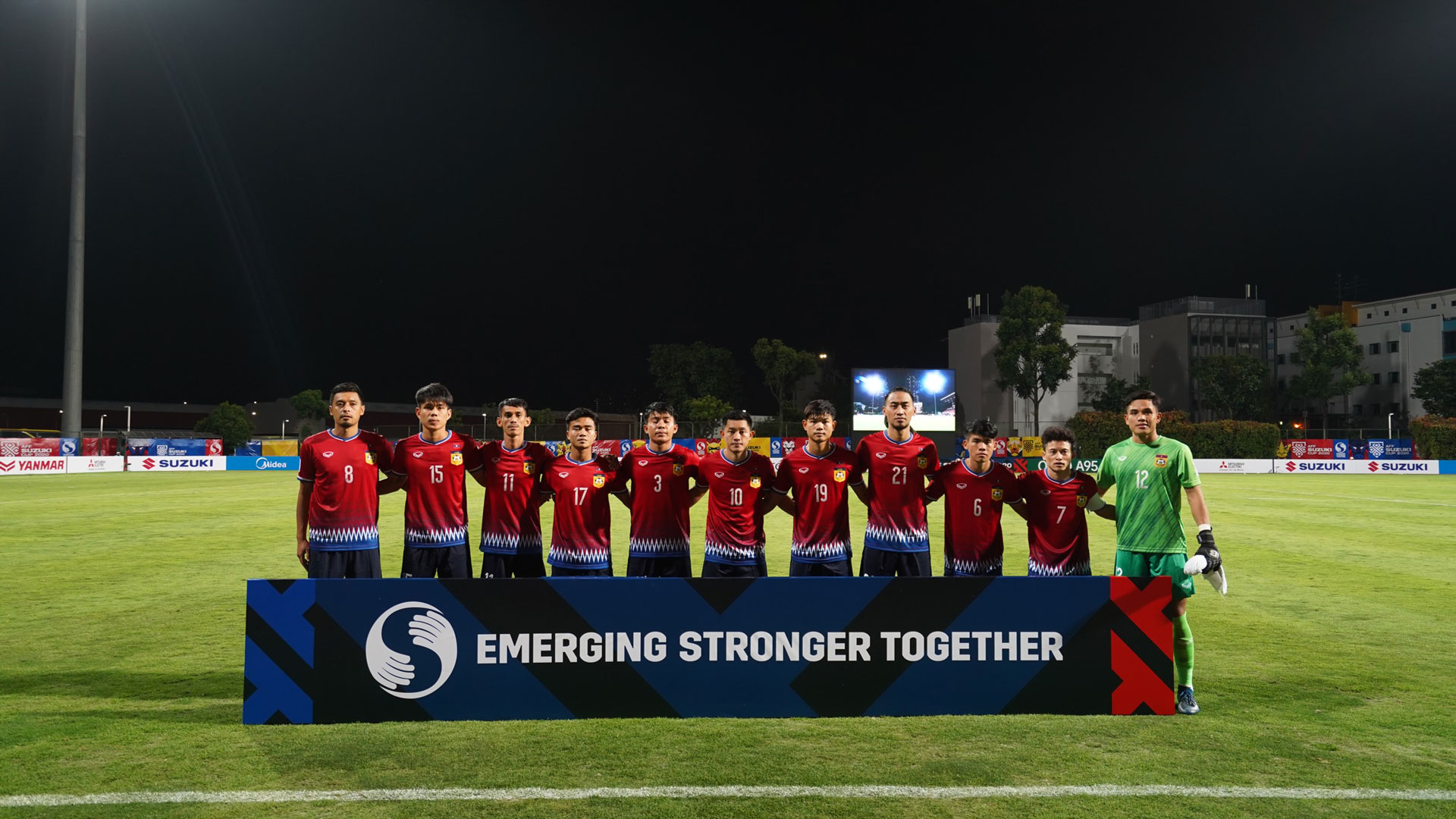
Malaysia – Harimau Malaya
Now classified as a critically endangered species with only an estimated 250-340 surviving, the Malayan Tiger is a majestic animal only found on the Malay Peninsula and in parts of southern Thailand.

Known as Harimau in Malay, the tiger is featured prominently on the FAM crest and after briefly changing the team nickname to Harimau Malaysia, the name reverted back to the more familiar Harimau Malaya last year.
Myanmar – The Asian Lions
The lion is a powerful symbol in Myanmar, considered the guardian of the nation and a familiar figure in that role at the entrance to pagodas across the country.
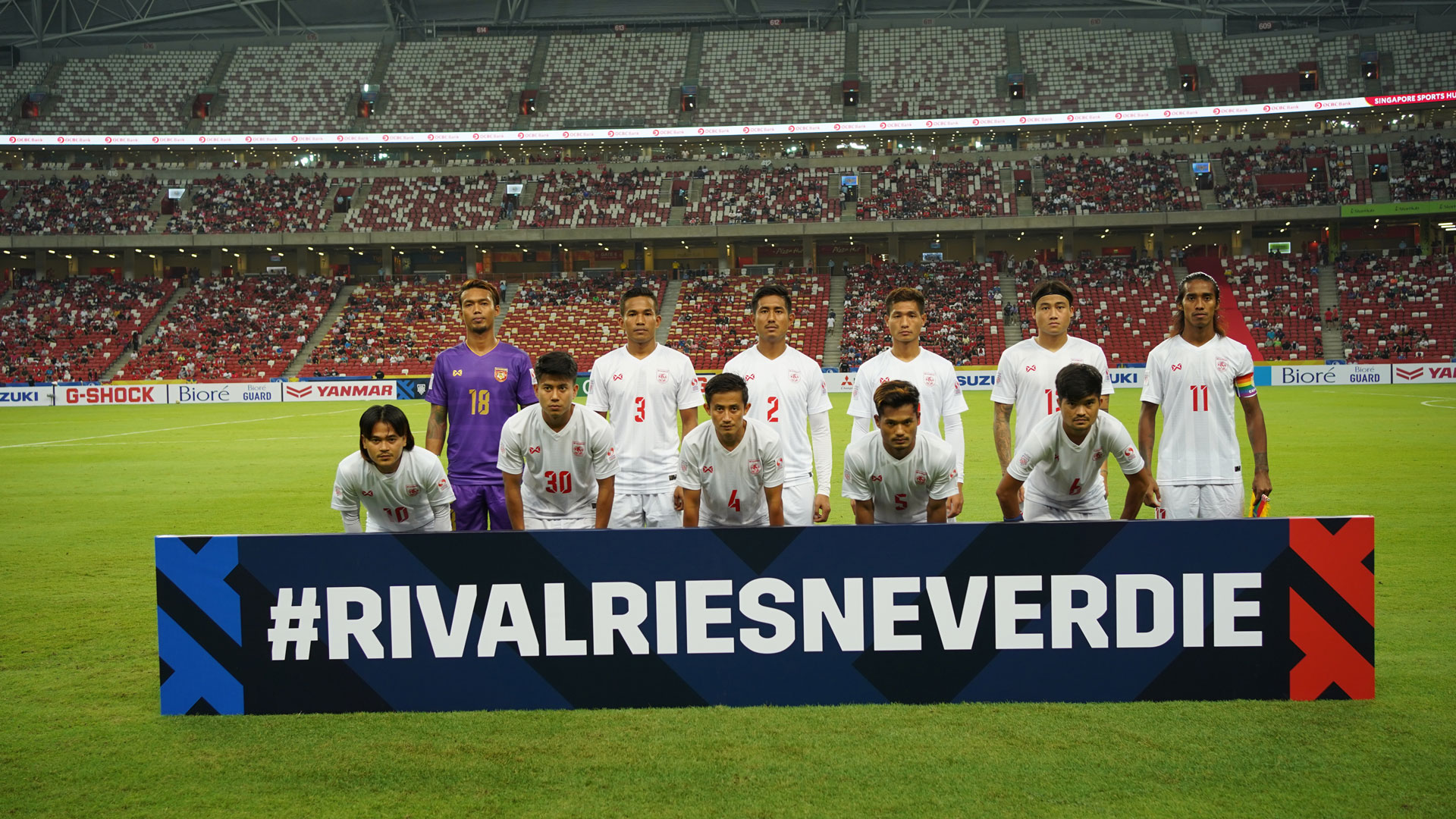
There is also a lion taking pride of place on the MFF crest and many in the country also refer to the golden age of football from 1960-1975 (where they finished runners at the 1968 AFC Asian Cup, qualified for the 1972 Olympics and won back-to-back Asian Games titles in 1966 & 1970) as a period when Myanmar were like ‘lion kings’ on the continent.
Philippines – The Azkals
One of the more iconic nicknames in Southeast Asian football, the origin of the ‘Azkals’ can be traced back to a supporters’ group who first came up with the name more than a decade ago.
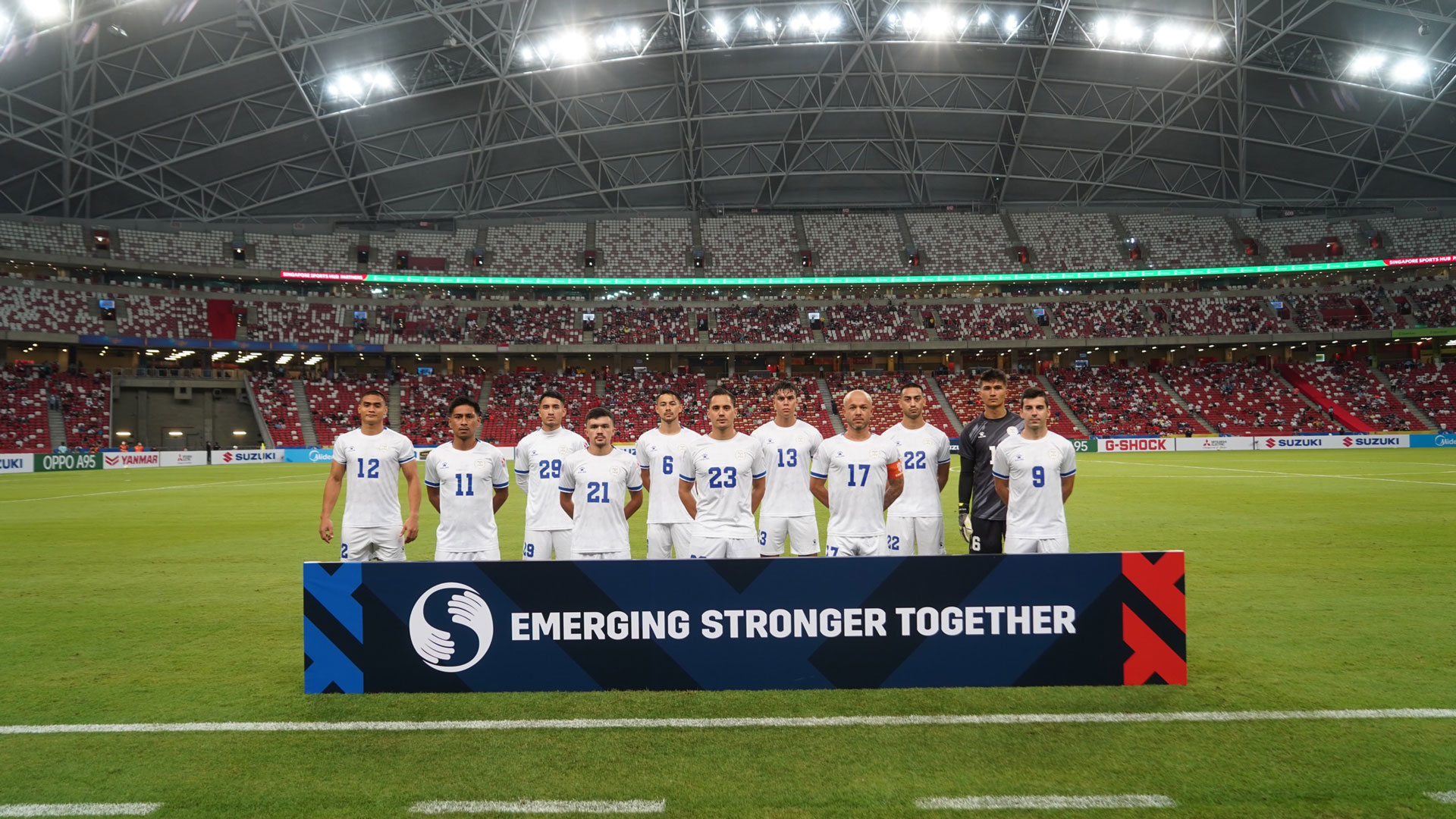
Reportedly based on the inspiration of a fan that lived on a street named ‘Calle Azul’, the Tagalog words for dog (aso) and street (kalye) were combined to form the ‘azkal’ that is similar to the name for the street dogs (askal) that would roam around the neighbourhood.
Although many thought the name appropriate at a time when the national team was struggling to survive, like those street dogs, it’s stuck even as the ‘Azkals’ have risen to regional prominence.
Singapore – The Lions
Although there is no evidence to suggest that lions ever lived in Singapore, the animal is a powerful icon in the nation whose very name is derived from the creature, with ‘singa’ (lion) and ‘pura’ (city) being combined to form Singapore.
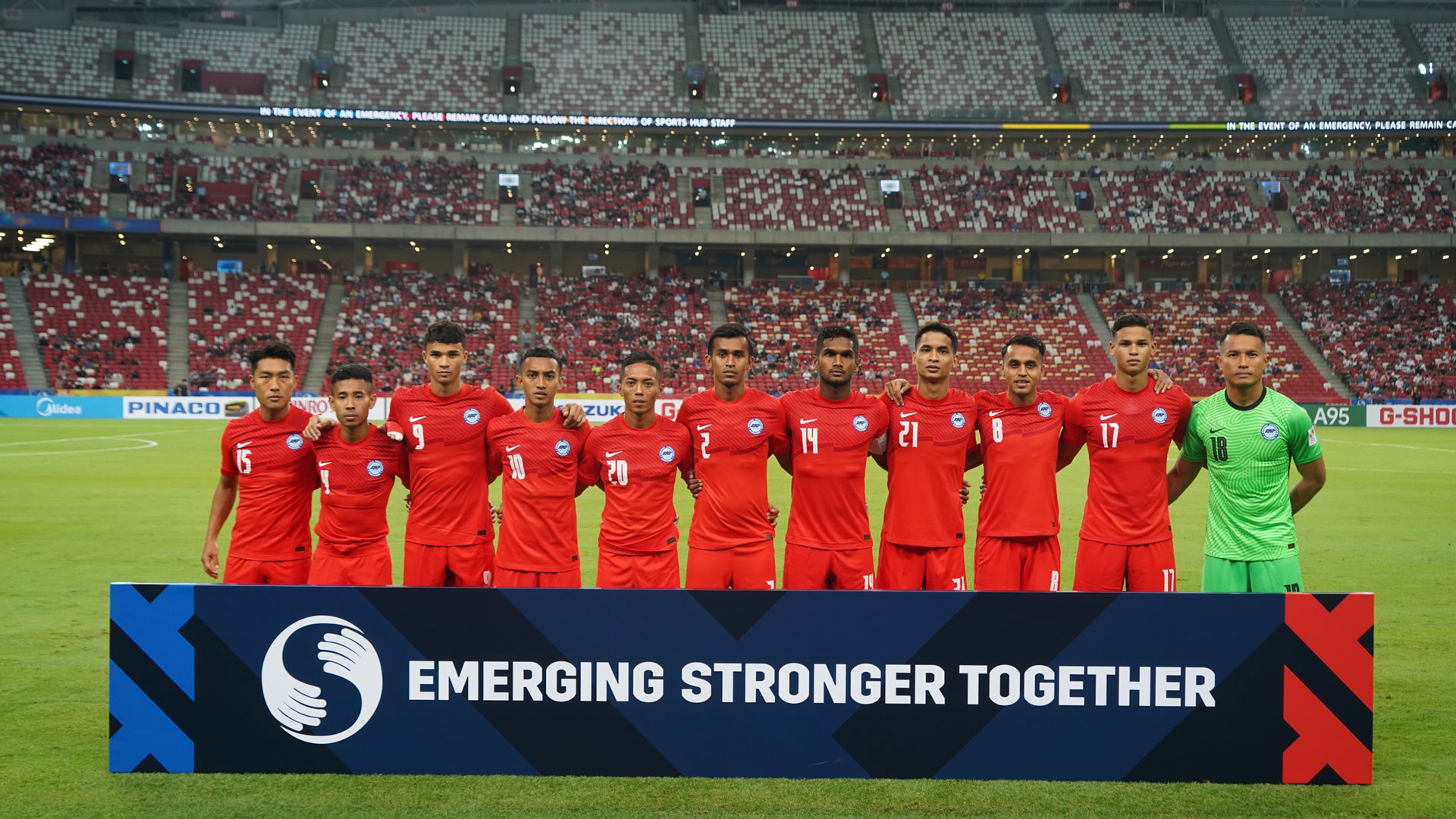
Legend has it that Sang Nila Utama, a prince from Palembang, arrived in the area in the 13th century and, having believed to have seen a lion, he decided to stay and termed the location Singapura in honour of the animal.
Whether you believe that version of history or not there’s no question that the lion is now firmly the national symbol and even the final letter in the FAS logo has been carefully designed to resemble a lion’s head.
Thailand – The War Elephants
As is the case with Malaysia, one of the most prominent symbols in Thailand – the elephant – is also now firmly an endangered species.
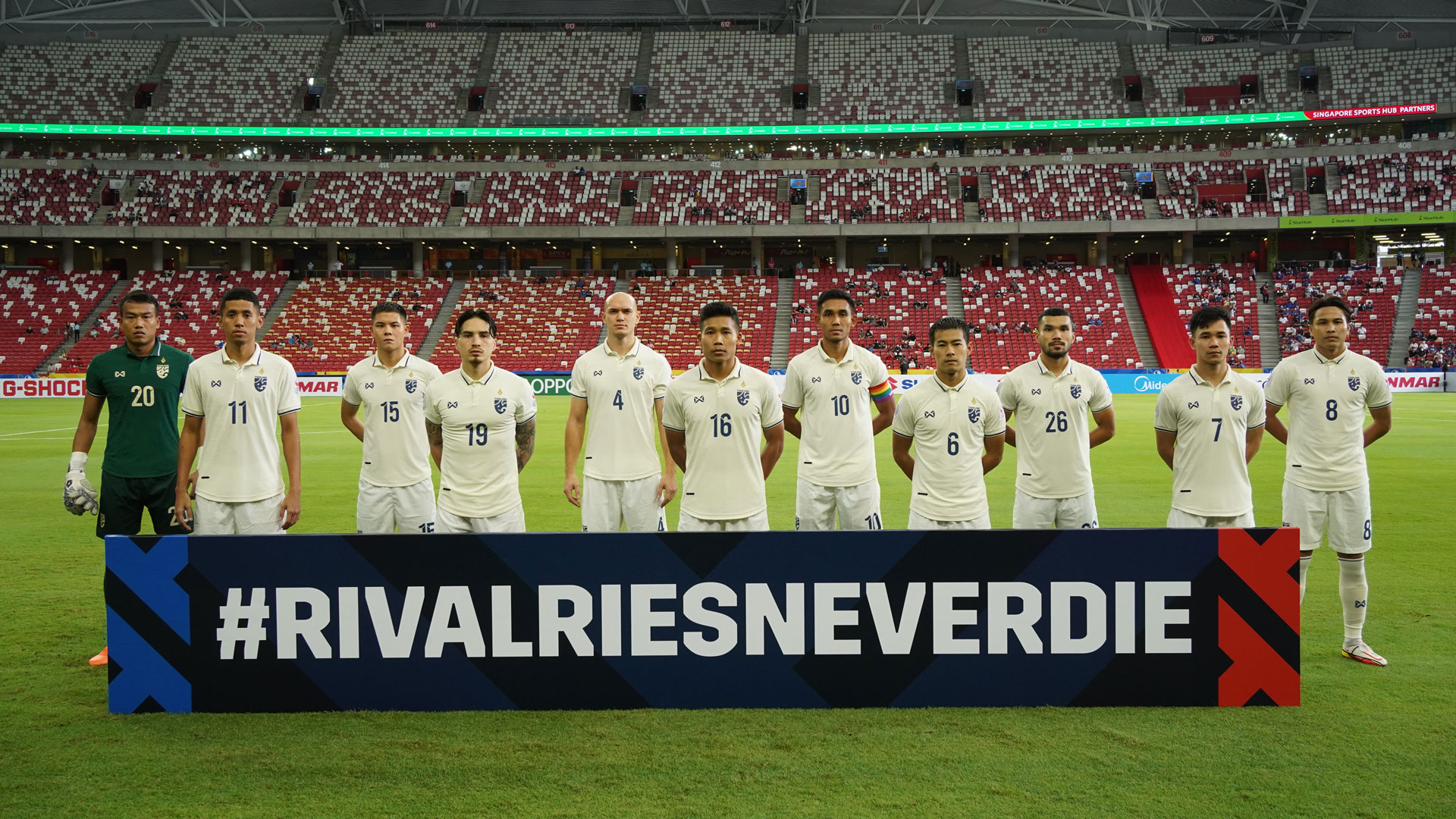
Last year a nationwide contest was held to design a new logo for the national team and it was little surprise that each of the five finalists had some aspect of an elephant in their entries with the slashing new design featuring a tusk curling into the centre of the logo.
The FAT wanted those elements to depict the team’s long-running nickname, the War Elephants, which pays homage to the powerful force of the elephant – the official national animal of Thailand.
Timor Leste – O Sol Nascente (The Rising Sun)
One of two Southeast Asian nations to have Portuguese as an official language, this expression translates as the Rising Sun.
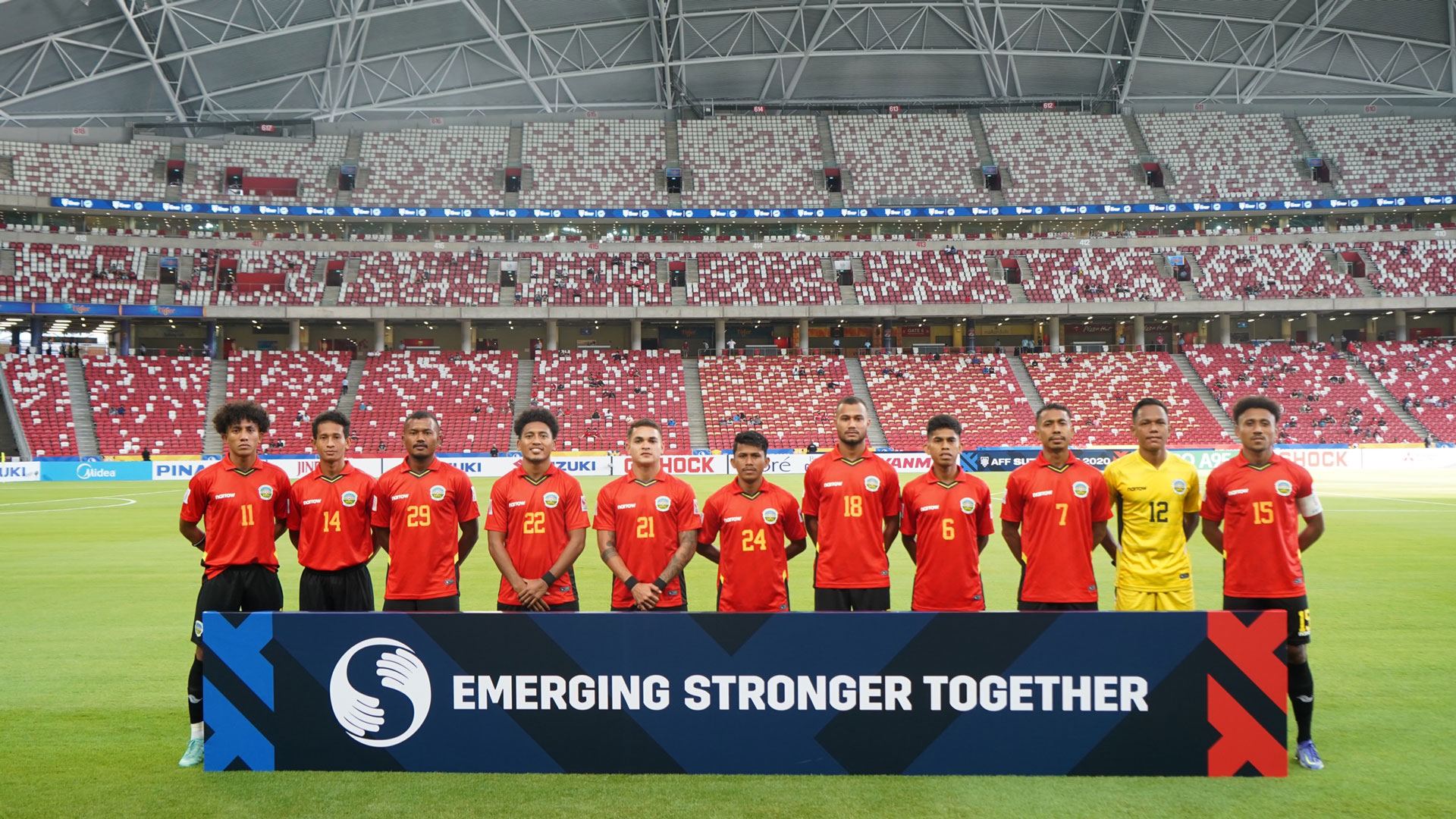
With the tropical white sandy beaches and deep blue water that surrounds the nation, the sunrises and sunsets are a spectacular sight in Timor and that’s also depicted on the FFTL crest where a football is seen rising above a field surrounded by the rays of the rising sun.
Vietnam – The Golden Stars
A central item on both the national flag and emblem, it’s little surprise that a single, golden (or yellow), star also features prominently on the crest of the Vietnam Football Federation.
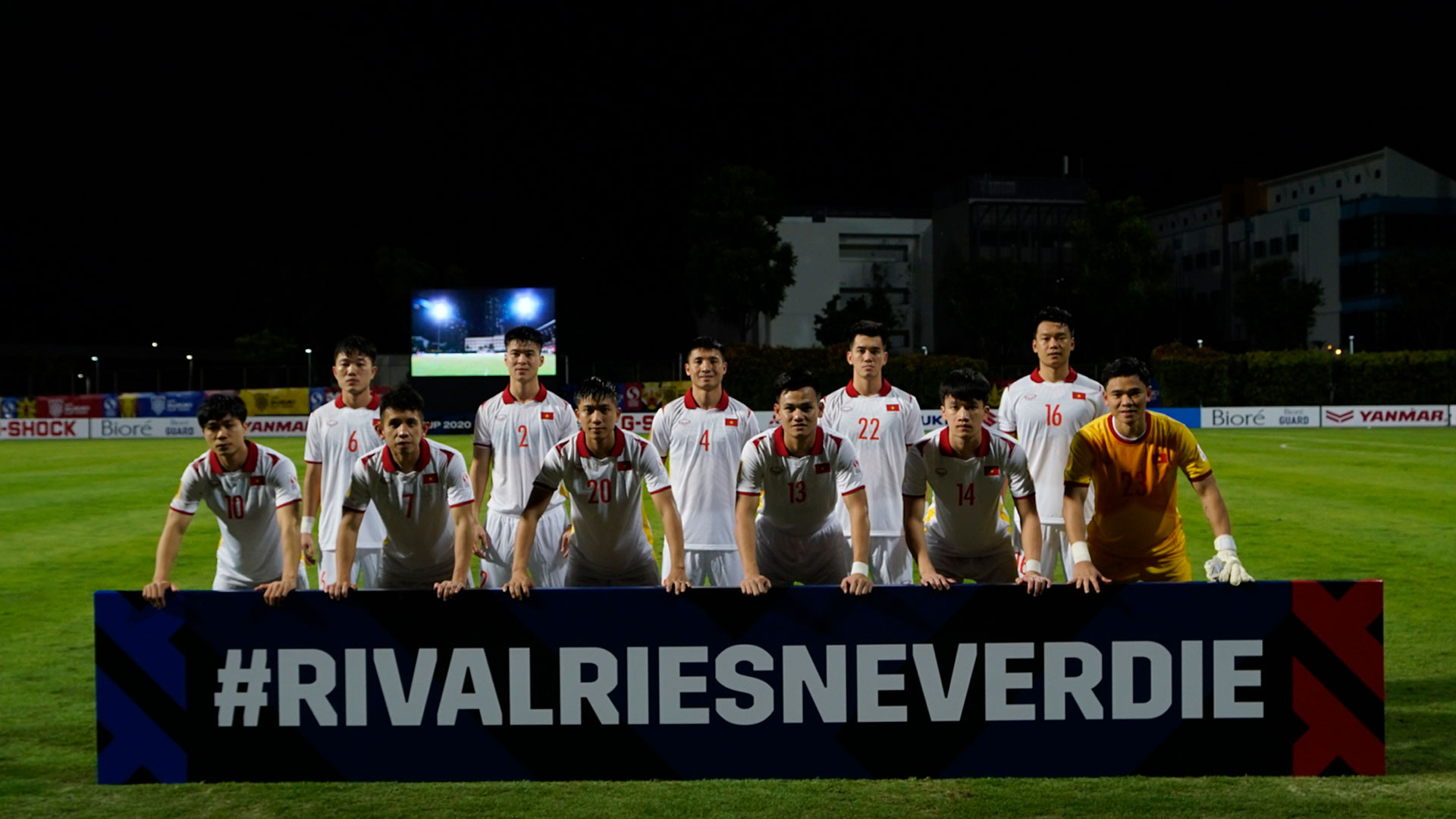
With the five-pointed star said to represent the five classes of Vietnamese society (intellectuals, farmers, workers, businesspeople and military) it’s seen as a unifying force and hence the football team is often known by the ‘Golden Stars’ moniker.















